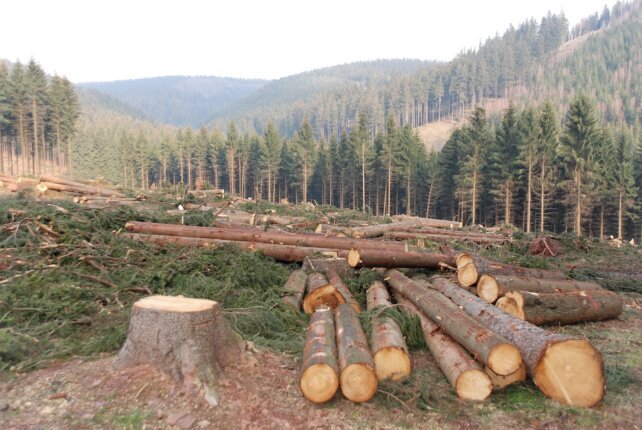Punjab floods highlight alarming forest cover shortage as experts call for urgent reforestation
The recent devastating floods in Punjab have reignited the debate over the province’s alarmingly low forest cover, which experts warn has magnified the scale of destruction. Environmentalists stress that forests play a critical role in absorbing rainwater, slowing runoff, and preventing soil erosion — functions Punjab’s landscape increasingly lacks.
While the United Nations recommends 25% forest cover, Punjab has only 3.1% land categorized as forested. The Punjab Forest Department records a total forest area of 1.663 million acres, with scrub forests making up 41%, while 27% comes from tree plantations on private farmlands. The remainder consists of riverine areas, rangelands, and scattered coniferous patches.
Punjab Forest Department DG Azfar Zia said that extensive plantation campaigns are under way. “This monsoon, the target is 21 million saplings across 25,000 acres, of which 6.5 million are already planted,” he noted, adding that farmers are being engaged through agroforestry initiatives. He also pointed out that the spring campaign exceeded expectations with over 10.5 million saplings planted.
Official records show forest area has expanded from 701,000 acres in 2013 to 1.263 million acres today, while barren land has reduced from 960,000 to 399,000 acres. Yet experts insist progress is far from sufficient. They argue that even a 1% increase in forest cover would require 43 new forests the size of Changa Manga, a scale of land Punjab cannot provide.
IUCN National Project Director Asim Jamal highlighted that of Punjab’s forested land, only 0.45% is actually tree-covered. He emphasized the need to convince farmers that trees improve soil fertility, safeguard crops, and open revenue opportunities through carbon markets.
According to WWF-Pakistan, the country is losing 11,000 hectares of forest annually, driven by logging, wildfires, land conversion, and climate pressures. WWF-Pakistan DG Hammad Naqi Khan called forest protection both an environmental and economic imperative, warning that unchecked felling of mature trees and shrinking urban green spaces are fueling ecological collapse and worsening urban flooding.
The forest department says it is leveraging technology for better protection. Satellite GIS monitoring now covers 67% of Punjab’s forest area, and AI-powered drones track wildfire activity. While 269 fire incidents destroyed 6,500 acres in 2024, the number dropped to 200 incidents and 2,500 acres damaged in 2025.
Senior Minister Mariyyum Aurangzeb announced that CM Maryam Nawaz has banned the traditional auction system of forest timber, replacing it with technology-driven monitoring to curb illegal logging and reduce soil erosion.
Still, experts caution that land scarcity remains the biggest constraint to scaling afforestation. Without a clear strategy linking climate resilience, urban greening, and strict protection of mature forests, Punjab risks facing deeper environmental and economic shocks in the years ahead.



